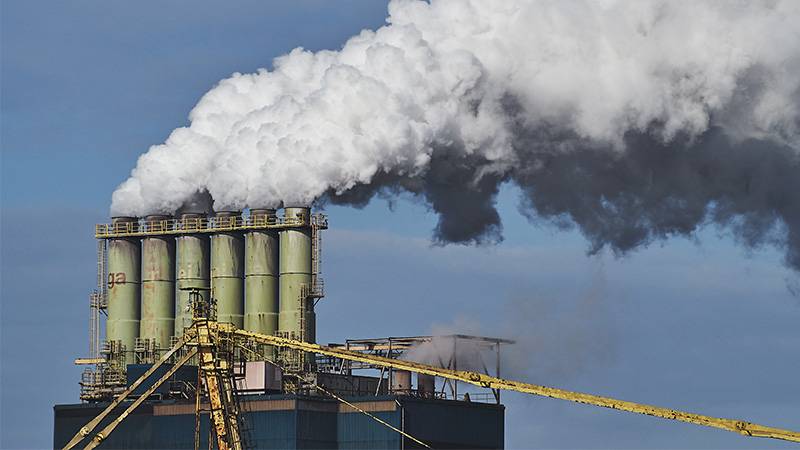The Biden administration has taken a bold step towards improving public health by announcing new air quality standards aimed at curbing deadly illnesses associated with air pollution. The initiative targets fine particulate matter, which are microscopic particles resulting from the combustion of fossil fuels and biomass, commonly emitted by factories, vehicles, and wildfires. These particles are capable of penetrating deep into the lungs, posing serious health risks.The Environmental Protection Agency (EPA) has been motivated by a comprehensive body of scientific evidence demonstrating the harmful effects of particulate matter. According to the EPA, long-term exposure to these particles can significantly increase the risk of heart disease, lung cancer, chronic kidney disease, and potentially neurological disorders. Even short-term exposure is linked to heightened risks of cardiac arrest, asthma attacks, and strokes, contributing to hospitalizations and premature deaths.The new standard set by the EPA aims to lower the annual concentration of particulate matter to 9 micrograms per cubic meter, a significant reduction from the previous limit of 12 micrograms. This change, heralded as a major public health victory by experts, comes after persistent advocacy from health organizations for even stricter limits to protect vulnerable populations.
 The EPA estimated that the new standard would prevent up to 4,500 premature deaths in the first year once states are fully compliant in 2032.Dominici said the 4,500 estimate is based, in part, on her own research: Her 2020 study found that lowering the air quality standard to 10 micrograms per cubic meter would save more than 143,000 lives over a decade.
The EPA estimated that the new standard would prevent up to 4,500 premature deaths in the first year once states are fully compliant in 2032.Dominici said the 4,500 estimate is based, in part, on her own research: Her 2020 study found that lowering the air quality standard to 10 micrograms per cubic meter would save more than 143,000 lives over a decade.
The American Lung Association, while advocating for a limit of 8 micrograms per cubic meter, acknowledges the new standard as a crucial step forward that promises to save thousands of lives. Francesca Dominici from the Harvard T.H. Chan School of Public Health praised the move as a meaningful change that, despite not reaching the ideal threshold suggested by some researchers, represents a significant advancement in the right direction.The EPA estimates that the implementation of this new standard could prevent up to 4,500 premature deaths annually by 2032, emphasizing the substantial health benefits associated with reducing particulate pollution. According to NBC News, these benefits extend beyond saving lives, potentially yielding up to $46 billion in health-related economic gains by reducing emergency department visits and lost workdays.Emerging research continues to unveil the broader impacts of air pollution, including its potential role in cognitive decline and the neurodevelopmental challenges faced by children exposed to pollutants in utero. The disproportionate exposure of communities of color to higher levels of particulate matter underscores the environmental justice dimensions of air quality regulation. These communities, often located near major pollution sources and burdened by chronic health issues, stand to benefit significantly from stricter air quality standards.Despite the lengthy timeline for states to fully comply with the new standard, experts and advocates stress the importance of accelerating efforts to meet these targets. The EPA is committed to working closely with states to identify non-compliant areas and develop effective pollution reduction strategies. This collaborative approach aims to ensure that all communities, particularly those facing the greatest risks, can enjoy cleaner air and better health outcomes.As the nation confronts the challenges posed by climate change and environmental degradation, the Biden administration’s initiative signals a critical commitment to addressing the health impacts of air pollution. By setting more stringent air quality standards, the administration not only aims to protect public health but also to advance environmental justice and equity across the United States.
More inspiring green news similar to this:


